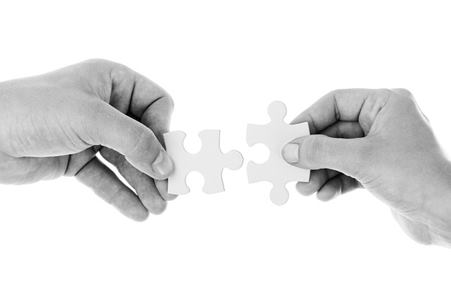5 ways to change how you react
Change how you react with RET
Learn to change how you react.
Albert Ellis developed a technique called Rational Emotive Therapy. RET is a simple way to change how you react when things go wrong. It is a structured way of challenging your own thinking. By challenging your immediate reaction, you change how you react automatically.
PDVT05
Imagine for a moment that you've been waiting to go out with a friend, looking forward to it, and then the friend texts you "sorry I can't make it".
You might be very upset by this. Maybe you have been looking forward to this for a long time. And now it's been cancelled.
Evaluate your behavior with Rational Behavior Therapy
What happens next depends upon your own attitudes and beliefs and how you deal with disappointment.
You might get angry, feeling resentment at the other person for just having texted you at the last moment. You might feel down and despondent and depressed. "Why does this always happen to me?". Maybe you are thinking "It's always the same. Nobody likes me. Nobody wants to go out with me, I don't know why I bother."
These reactions are the result of your own automatic beliefs about yourself. They are probably not true. But how you think about yourself determines how you feel when things don't go your way. Change how you think and you change how you feel.
The ABC method
Ellis came up with what he called the ABC method of Rational Emotive Therapy.
A. is the action, the thing that happens, the trigger, the thing that upsets you.
B. is a belief that you have about yourself that you used to interpret the action.
C. is the consequence, the behavior that you allow yourself to do in response to the action.
Between A and C is B. It is your beliefs which link the behavior to the action. Change your beliefs and you change how you react to the situation.
This means that you need to learn how to dispute the beliefs and challenge the automatic reactions. You can learn to change your beliefs. Ask yourself five questions:
1. Why am I acting this way?
2. Would somebody else see this situation in the same way?
3. Why am I thinking of the worst possible reasons?
4. Why am I blaming myself?
5. What can I do now to sort this out?
By asking yourself these five questions you will automatically challenge your beliefs. Listen to the answers you get and begin planning what you can do to make it right, instead of just letting your feelings take over.
Try it the next time something bad happens.
PDVT05






